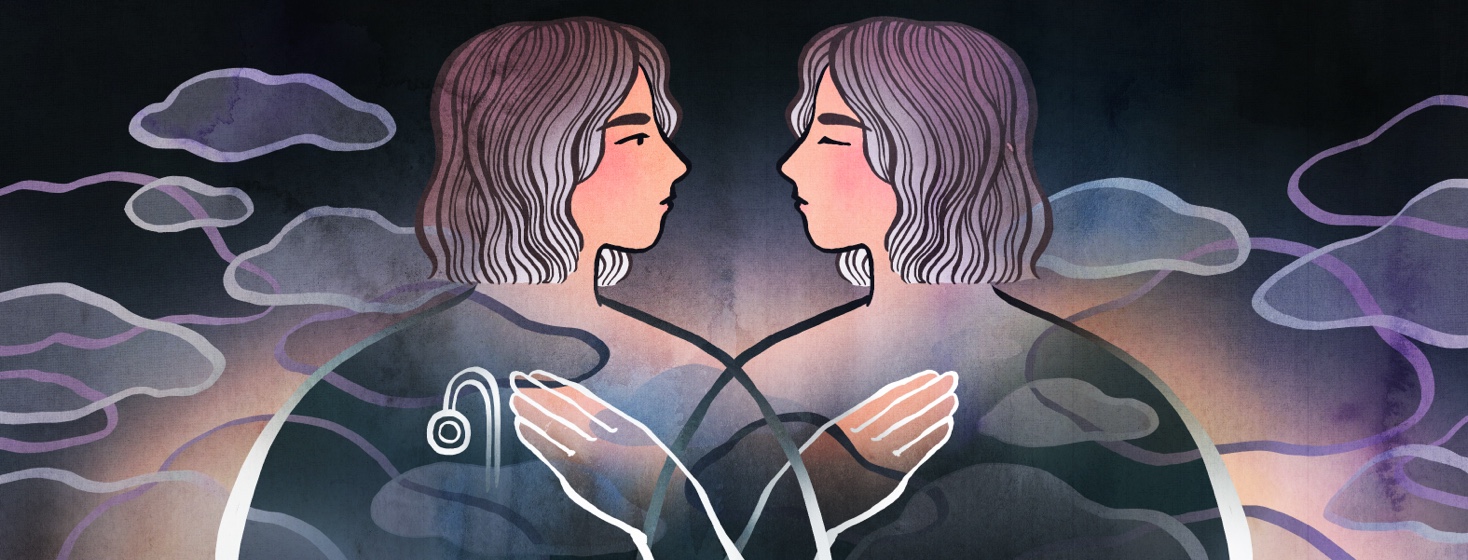Judy Perkins: Breast Cancer Immunotherapy Pioneer
Immunotherapy has been hailed as the brave new world for the treatment of cancers. One type of immunotherapy, adoptive cell therapy, uses T-cells from the patient’s own immune system as a treatment. The immune cells are collected from the patient and then grown into large numbers of these cells in the lab. Finally, they are infused back into the patient in an attempt to cure the cancer. 1
Tumor-infiltrating lymphocytes
Tumor-infiltrating lymphocytes (TILs) have a response rate of up to 50 percent and durable complete response rates of 20 percent in melanoma patients. TILs also have good responses in young patients with blood cancers like lymphoma and multiple myeloma.2
While these success rates are encouraging, treating other solid tumors has been more disappointing. That is why the story of TILs with a breast cancer patient, Judy Perkins, is inspirational and informative.
Judy's breast cancer story
Judy, diagnosed with Ductal Carcinoma in Situ (DCIS) Stage 0 breast cancer in 2003, was treated with a mastectomy, including the removal of axial lymph nodes. Not having to undergo chemotherapy or radiation, Judy assumed she was cured.3
Ten years later, the cancer metastasized to her sternum and upper left chest. By the end of 2014, after about a dozen standard therapies had failed (including IV chemotherapies), Judy was "circling the wagons."
But then, her oncologist at the University of Miami told her she had a Fibroblast Growth Factor Receptor 1 amplification and was eligible for a clinical trial.
Her immunotherapy journey
The treatment briefly worked, giving Judy a taste of the magic, but with side effects including high blood pressure, thyroid issues, and low platelet counts, the dose was reduced until it was no longer effective. The drug never received approval.
By now an experienced advocate for her own breast cancer treatment, Judy connected with the National Breast Cancer Coalition (NBCC), went to meetings and attended Project LEAD, their annual education course.
In 2015, she met guest lecturer Dr. Stephanie Goff, who taught the immunology class. Dr. Goff mentioned her clinical trial using TILs, so Judy enrolled.
With tumors in her upper chest accessible and resectable, her harvested T-cells were fed in a petri dish with proteins. One in eight was responding to her cancer.
In December 2015, the grown lymphocytes (around 80 billion of them) were infused after high-dose chemotherapy suppressed her immune system.
Ten days after receiving her TILs, Judy “knew things were moving in the right direction.” One of her tumors was beginning to shrink and feel softer, and her pain levels started to decrease.
It was the beginning of a trend; by May 2016, her tumors had disappeared entirely.
Still in remission
Five years on, there are no treatments, just annual scans. Judy is a determined advocate for other metastatic breast cancer patients, fighting for new legislation and using her story to educate and offer advice to other patients.
Adamant about the right to get a second opinion and the advantages of treatment at a comprehensive cancer center, she also recommends being an engaged patient and watching for clinical trials that may provide treatment options.
Immunotherapy may bring hope to others
Judy is no longer on her own. The very recent results of the new study, just released by the NCI’s Center for Recent Cancer Research, give hope to other metastatic patients who could well join Judy.4
Six out of 42 women had tumor samples taken and had their reactive TILs grown in the lab and returned to them via intravenous infusion. One is the original woman from the study, who remains cancer-free, while the two other women had tumor shrinkages over 50 percent.4
While some tumors returned in these two, they were removed by surgery, and the patients are showing no evidence of disease up to five years later.4
Judy quips she’s "very happy to have some company on the golden guinea pig tour." These days, she leads an active life, and her recreational pursuits include backpacking, skiing, windsurfing, and kayaking.

Join the conversation